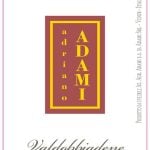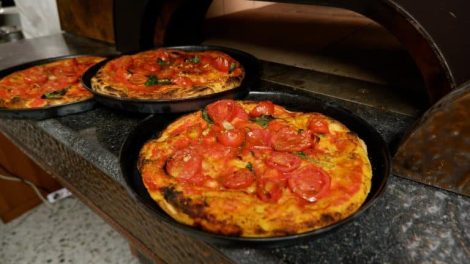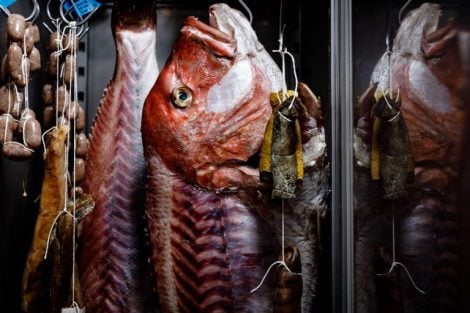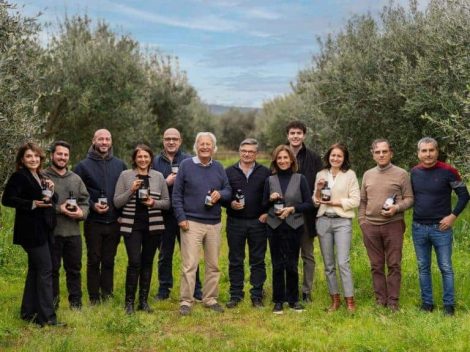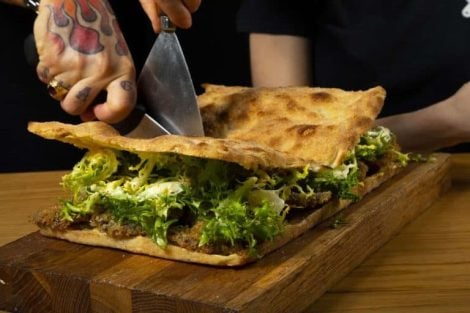This year, a remarkable 24 Italian labels make it into Wine Spectator's Top 100. It's an overwhelmingly positive verdict from the United States for Italian wine, drawing from regions across the North to the South. However, it's within Tuscany, particularly within the Chianti Classico denomination, where the territory secures the most positions.
The Chianti Classico revival
At the top of the ranking is the 2018 Brunello di Montalcino by Argiano, a record achieved by few others from Italy, but (for now) exclusively belonging to Tuscan production. Since 1988, Italy has, in fact, secured the title of the world's best wine for the American magazine on four occasions. The first to reach the top of the American chart was Antinori's Solaia '97 in 2000, followed the next year by the Bolgheri Superiore Ornellaia '98 from the eponymous estate. In 2006, another Brunello took the lead: the 2001 Tenuta Nuova by Casanova di Neri, and finally, in 2018, Tenuta San Guido's Sassicaia '15.
Ranked at number 7 this year is the Chianti Classico Marchese Antinori Riserva '20, signaling the beginning of a true comeback for this historic Tuscan designation, preceded at number 5 by Mastroberardino's Taurasi Radici Riserva '16. With three Italian labels entering the top ten positions, a solid seven Chianti Classico labels rank between number 11 and number 69. This designation has found favor with American wine critics, with five more labels included compared to last year. At number 11, almost making it to the Top 10, is the Gran Selezione '19 by Castello di Bossi, followed by Fattoria di Fèlsina's Berardenga Riserva 2020 at numbers 22 and 24 respectively.
The last three Chianti Classico inclusions in the ranking are Castello di Querceto's '20 at number 42, Poggerino's '21 at number 45, and finally, Cecchi's Chianti Classico Storia di Famiglia '21 concluding the parade of Chianti Classico at number 59. However, there are other Tuscan Sangiovese-based entries such as Vino Nobile di Montepulciano '19 from Maria Caterina Dei's estate (number 34) and Rosso di Montalcino '20 from Poggio San Polo (number 72). At number 80, Isole e Olena's Cepparello '20 stands as the only Tuscan IGT to make an appearance in the rankings.
Even a Tintilia in the Top 100
Numerous labels from Piedmont, but also important results achieved by lesser-known designations. Outside the Top 10, we find a pair of Barolo wines, G.D. Vajra's Bricco delle Viole '19 at number 26 and Scavino's '19 at position number 78. Giuseppe Cortese's Barbaresco '19 at number 39 marks another inclusion of Nebbiolo-based designations. Three labels are based on Barbera: Pico Maccario's Barbera d'Asti Lavignone '21 (number 36), Ratti's Barbera d'Asti Battaglione '21 (number 47), and Michele Chiarlo's Nizza Cipressi '19 (number 54).
At number 51, there's Mionetto's Valdobbiadene Prosecco Superiore, and Nino Negri's Valtellina Superiore Inferno Ca' Guicciardi '19 at number 63, representing the Veneto and Lombardy.
Moving from the northern areas to the south, at position number 75, we have Molise's Tintilia del Molise Colle Cervino '19 by Catabbo, and at number 83, Sicily's Nero d'Avola '20 by Morgante. Italian white wines are also awarded, with two wines from Marche and Alto Adige. Bisci's Verdicchio di Matelica '21 (number 67) and Abbazia di Novacella's Alto Adige Valle Isarco Kerner '20 (number 80)."

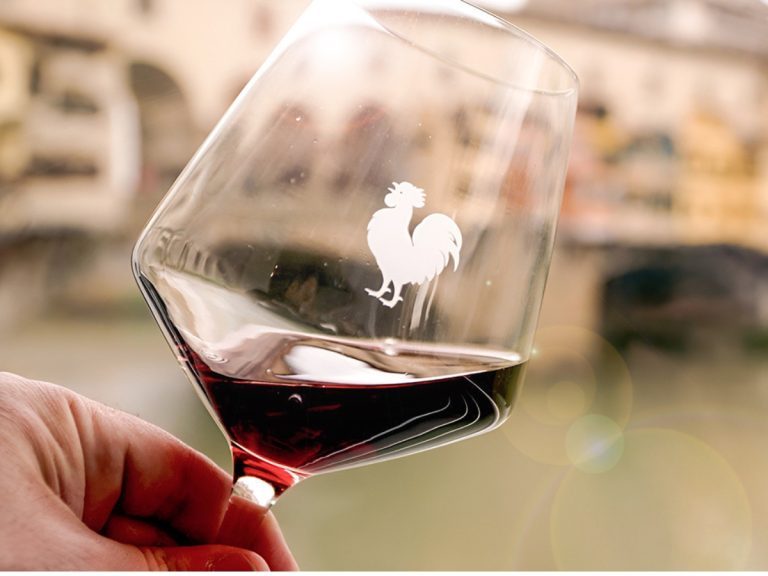
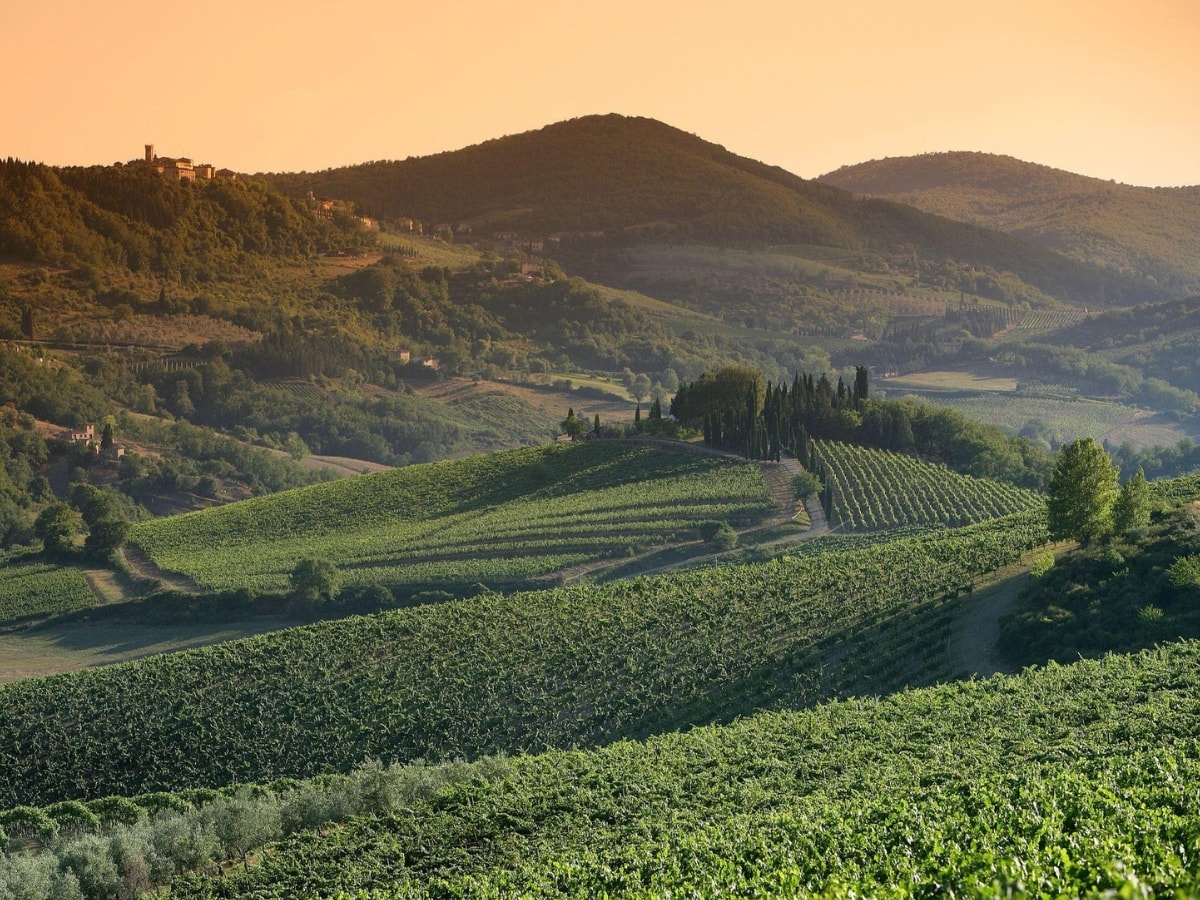
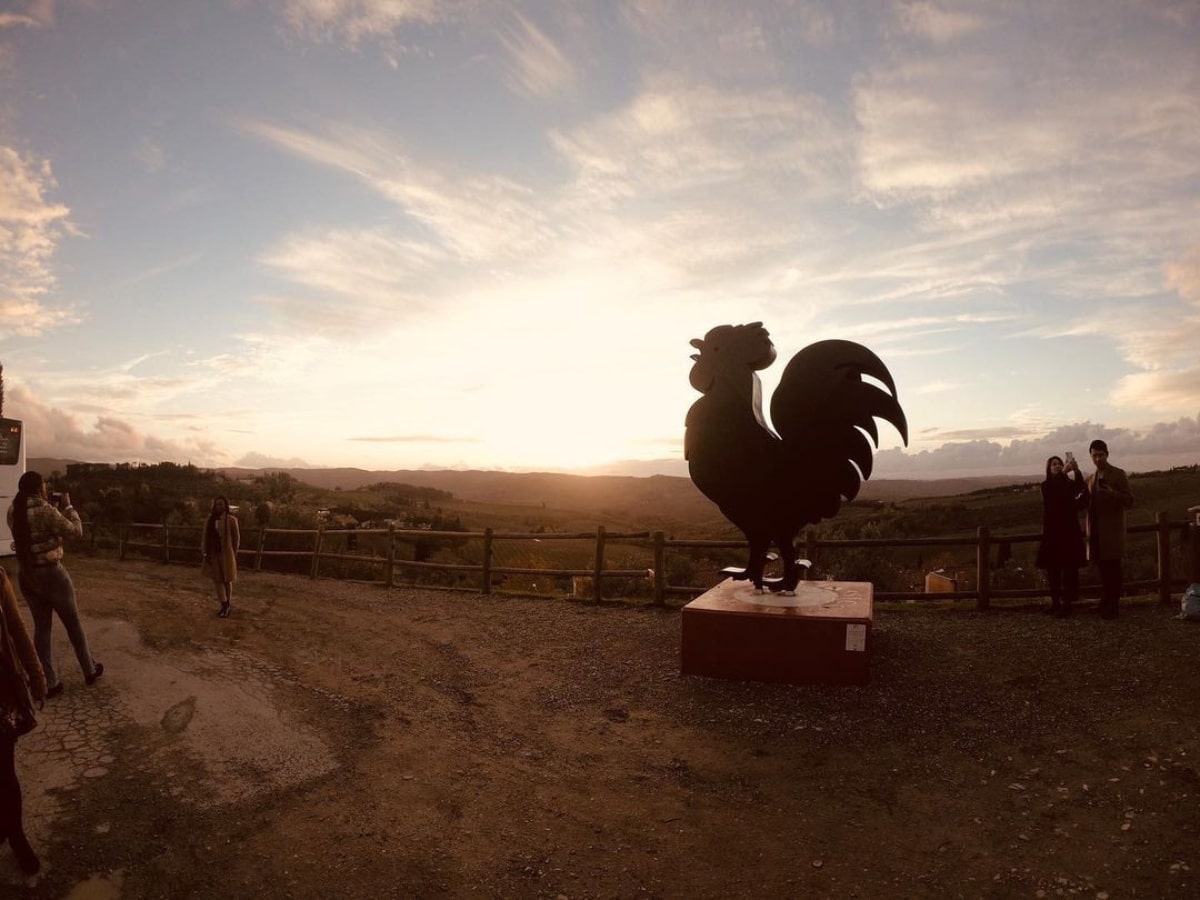
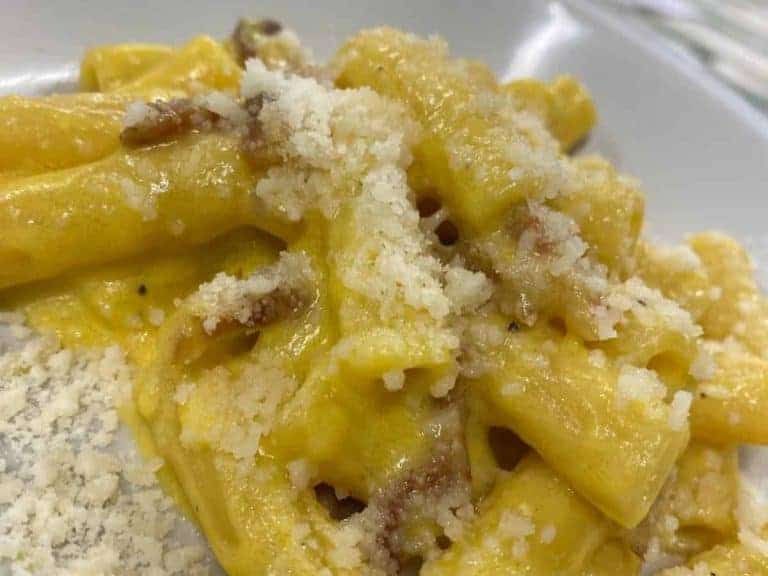 One of the best carbonaras in Rome is eaten at a sports club
One of the best carbonaras in Rome is eaten at a sports club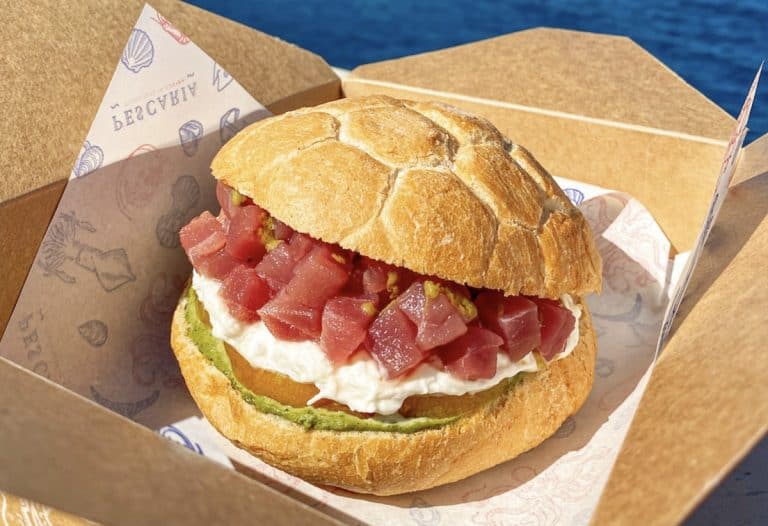 Time Out has chosen the best sandwiches in the world. The second is Italian, here's what it is
Time Out has chosen the best sandwiches in the world. The second is Italian, here's what it is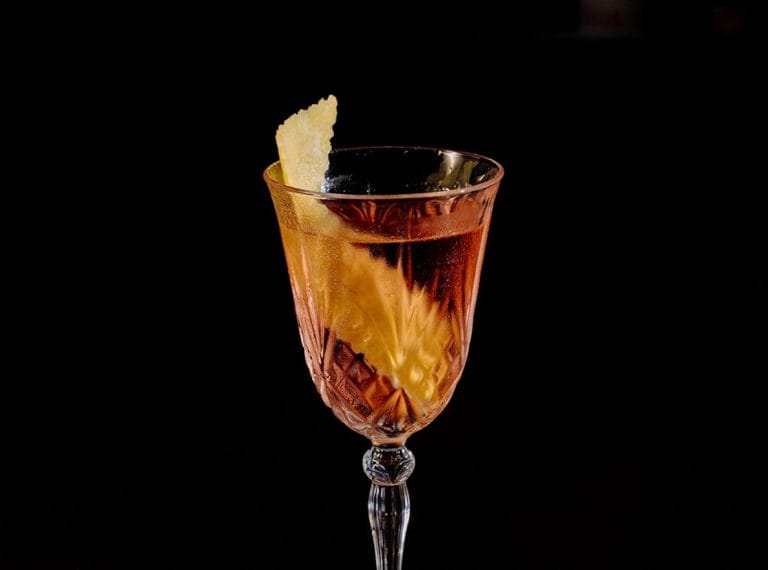 A Roman cocktail has entered the global bartender's bible
A Roman cocktail has entered the global bartender's bible The Michelin-starred chef Davide Puleio opens a neighborhood trattoria on the outskirts of Rome
The Michelin-starred chef Davide Puleio opens a neighborhood trattoria on the outskirts of Rome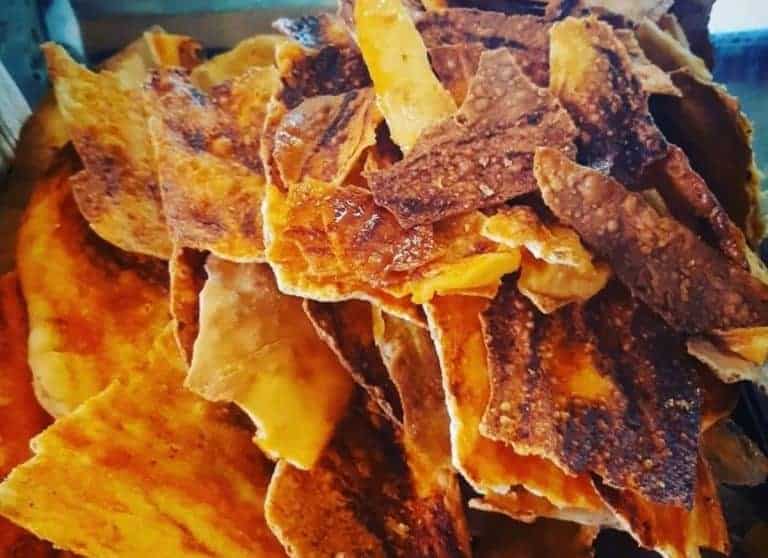 Snack time in Rome is all about the crispy pizza
Snack time in Rome is all about the crispy pizza